Chickens, often regarded as ubiquitous barnyard fowl, have a rich and diverse history shaped by the geography and climate of their respective homelands. From the icy landscapes of Scandinavia to the tropical regions of Southeast Asia, different countries have given rise to unique chicken breeds, each adapted to its specific environment. Join us on a global tour as we explore the fascinating world of chickens and discover the intriguing stories behind these distinct breeds.
Ayam Cemani (Indonesia): The Majestic Black Chicken

Revered for its mystical qualities, this striking breed is entirely black, from its feathers to its internal organs. The Ayam Cemani has thrived in the tropical climate of Indonesia, capturing the imagination of chicken enthusiasts worldwide.
Araucana (Chile): The Blue-Egg Laying Wonder
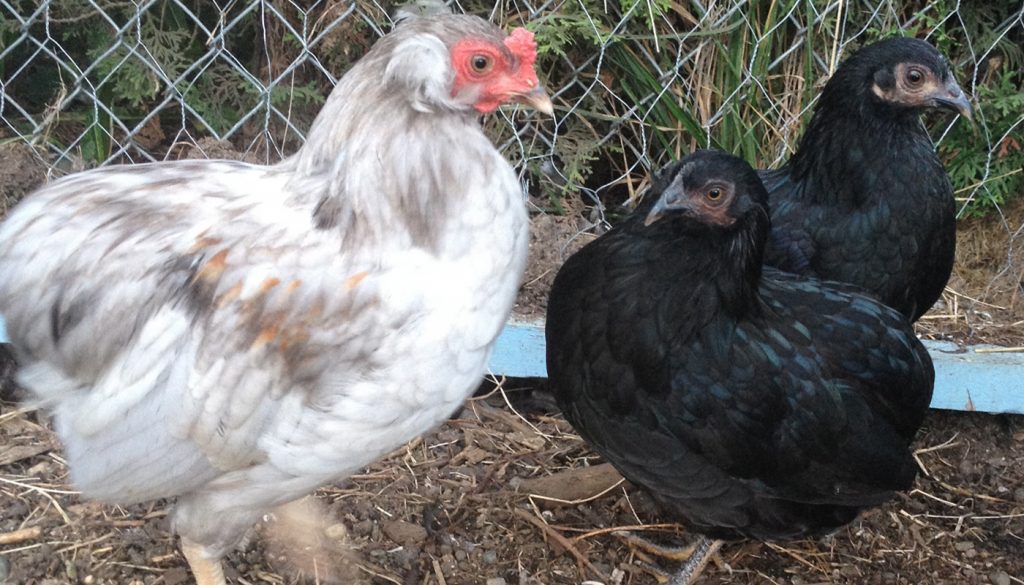
Named after the indigenous Mapuche people’s Araucanía region, these chickens have adapted to the diverse climates of the Andes Mountains. The Araucana is known for its distinctive blue eggs, making it a prized addition to flocks worldwide.
Brahma (United States): Gentle Giants of the American South
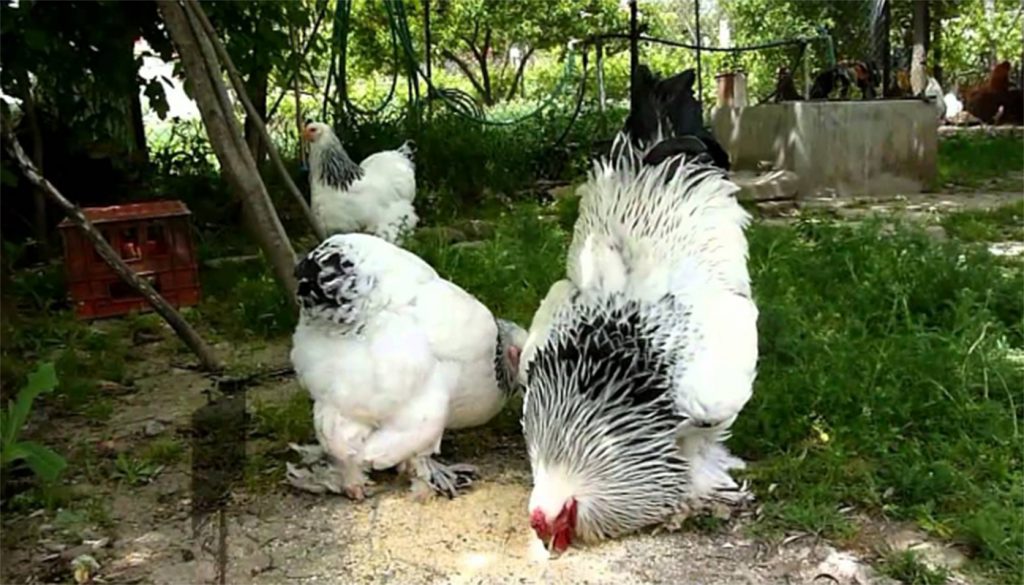
Originating from China, the Brahma has flourished in the warm, southern climate of the U.S. Known for their massive size and gentle disposition, Brahmas are favorites among backyard chicken keepers.
Swedish Flower Hen (Sweden): Cold-Hardy Beauty
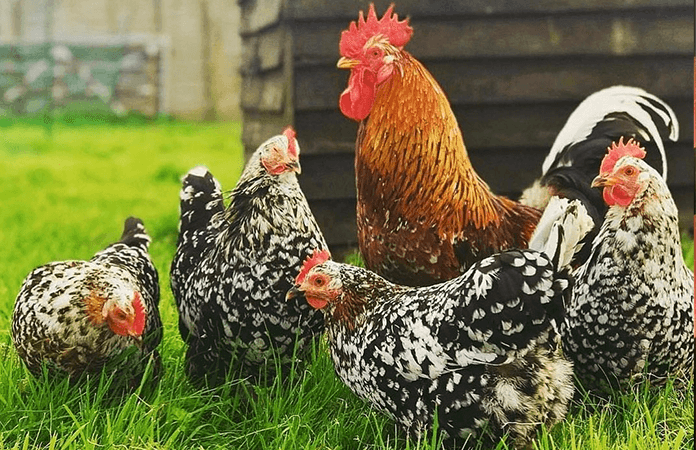
Evolving to withstand harsh Scandinavian winters, the Swedish Flower Hen’s captivating mix of colors and patterns has made it a symbol of resilience. Its cold-hardy nature makes it valuable in northern poultry farms.
Silkie (China): The Fluffy Ornamental Charm
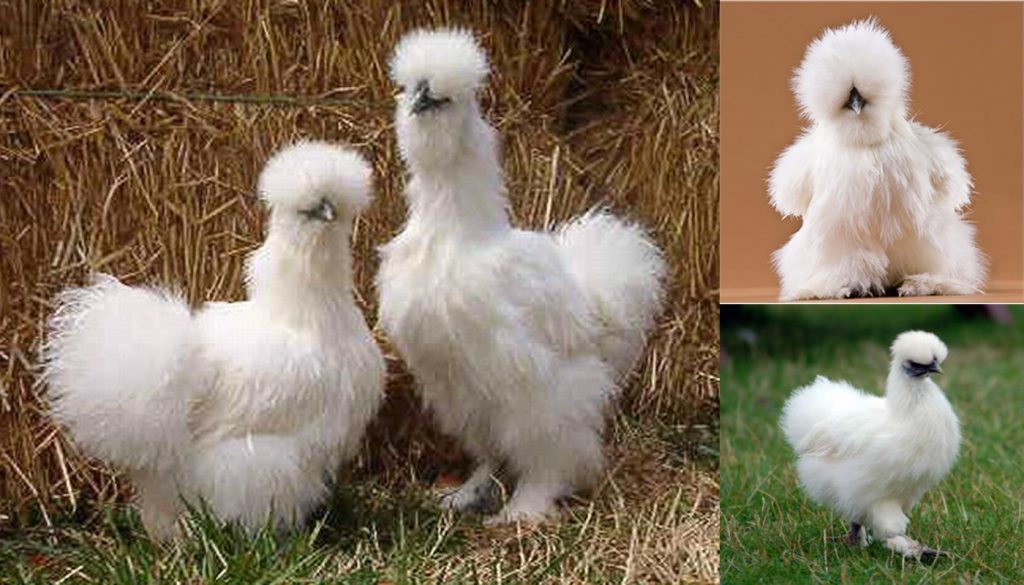
Hailing from ancient China, the Silkie’s fluffy plumage and distinctive crest make it a popular choice in both rural farms and urban backyards throughout Asia.
Polish (Poland): The Crowned Aristocrat

Originating in Poland, the Polish chicken is renowned for its distinctive crest of feathers resembling a crown. These charming birds have adapted to various climates and have become favorites among poultry enthusiasts.
Serama (Malaysia): The Tiniest of Titans
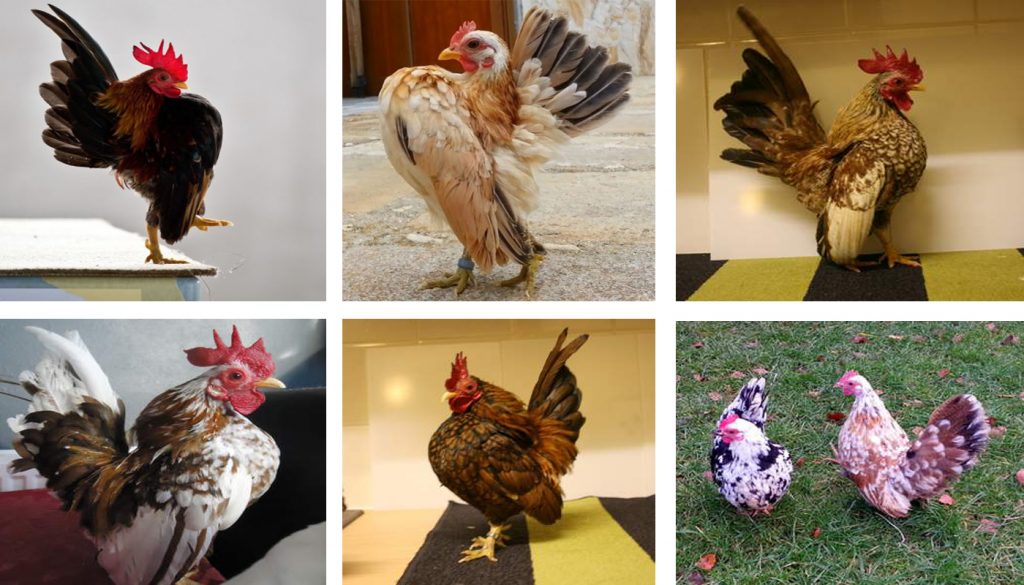
Known as the world’s smallest chicken breed, the Serama originated in Malaysia. Despite their small size, Seramas are spirited and adaptable, making them beloved among chicken enthusiasts globally.
Leghorn (Italy): The Prolific Egg Layer
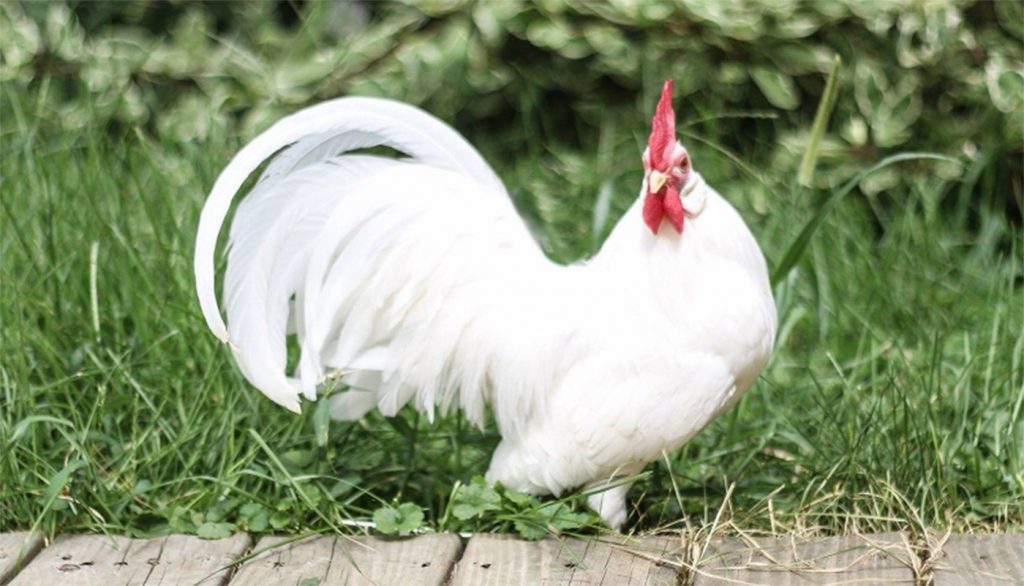
Originating in Italy, Leghorns are celebrated for their exceptional egg-laying abilities. Their adaptability to various climates has made them popular on farms around the world.
Rhode Island Red (United States): The Farmstead Workhorse
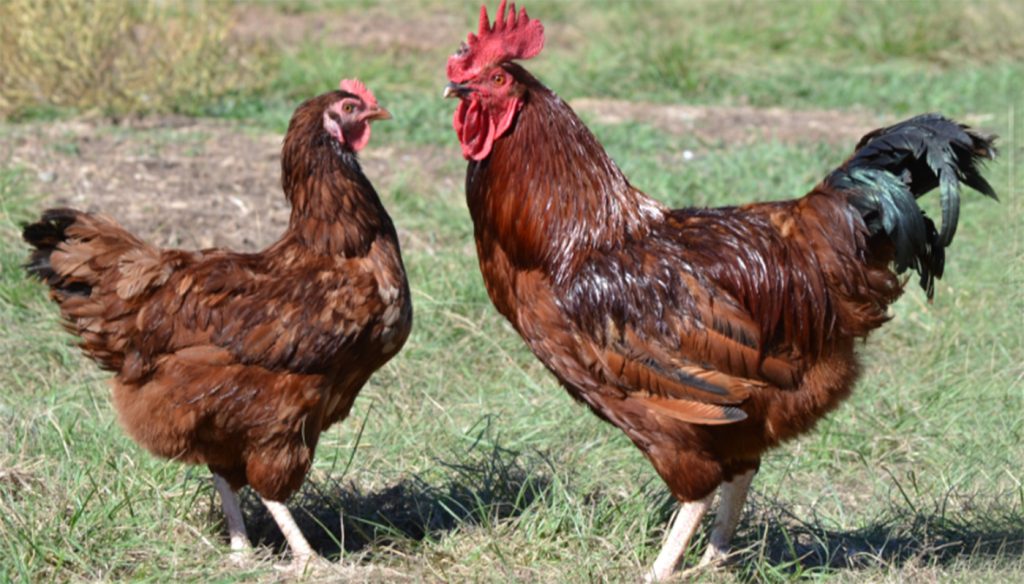
Developed in the United States, Rhode Island Reds are known for their hardiness, adaptability, and excellent egg production. They have become a staple on many American farms.
Orpington (United Kingdom): The Friendly Giant

Bred in England, the Orpington is prized for its friendly demeanor, large size, and soft, fluffy feathers. They thrive in a variety of climates and are cherished for both meat and egg production.
Barnevelder (Netherlands): The Chocolate-Layer
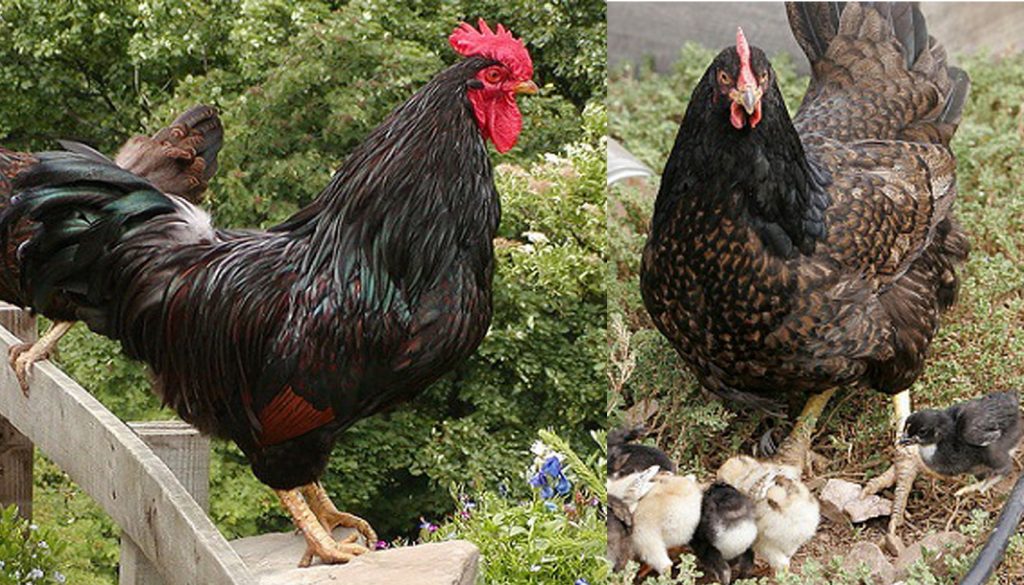
Originating in the Netherlands, Barnevelders are known for their unique dark brown eggs. These hardy birds have adapted to a range of climates and are valued for both eggs and meat.
Bantam (Global): Miniature Marvels
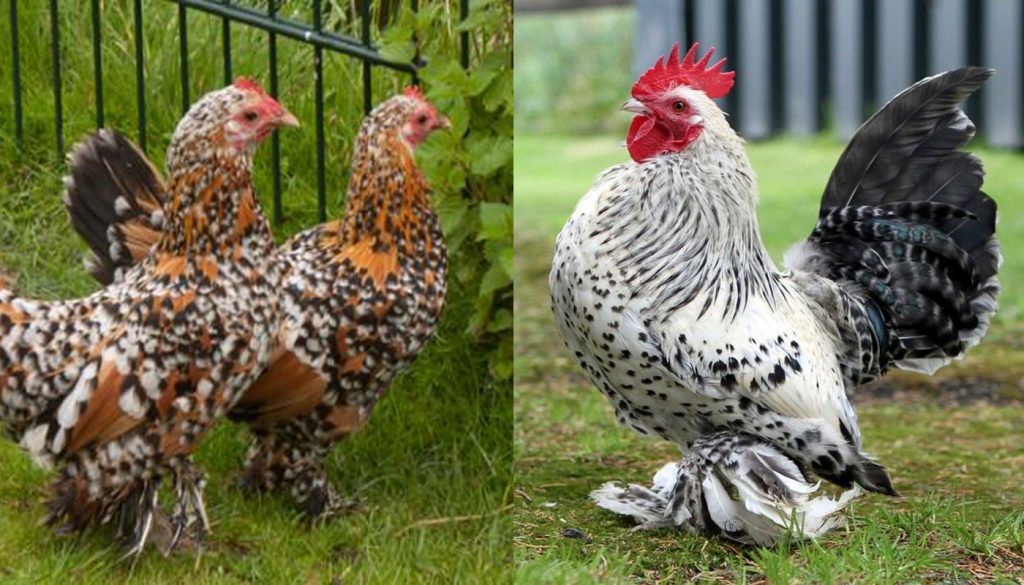
Bantams are a miniaturized version of various breeds, originating from different countries worldwide. Their small size and diverse characteristics make them popular among poultry enthusiasts globally.
Marans (France): The Dark-Chocolate Delight
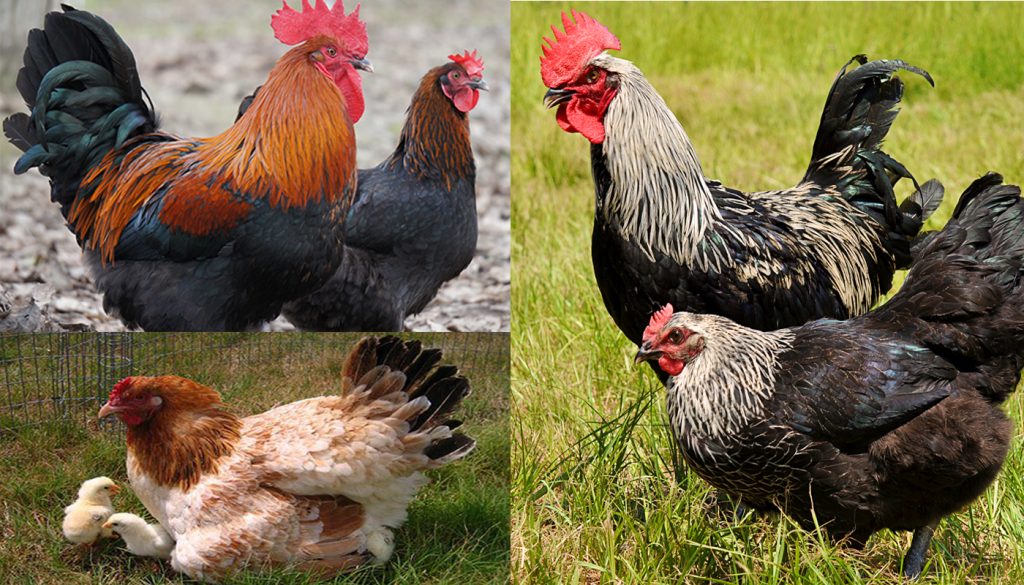
Hailing from France, Marans chickens are renowned for their dark brown eggs, often described as chocolate-colored. They have adapted well to different climates and are prized for their dual-purpose qualities.
Cochin (China): The Fluffy Feathered Friend
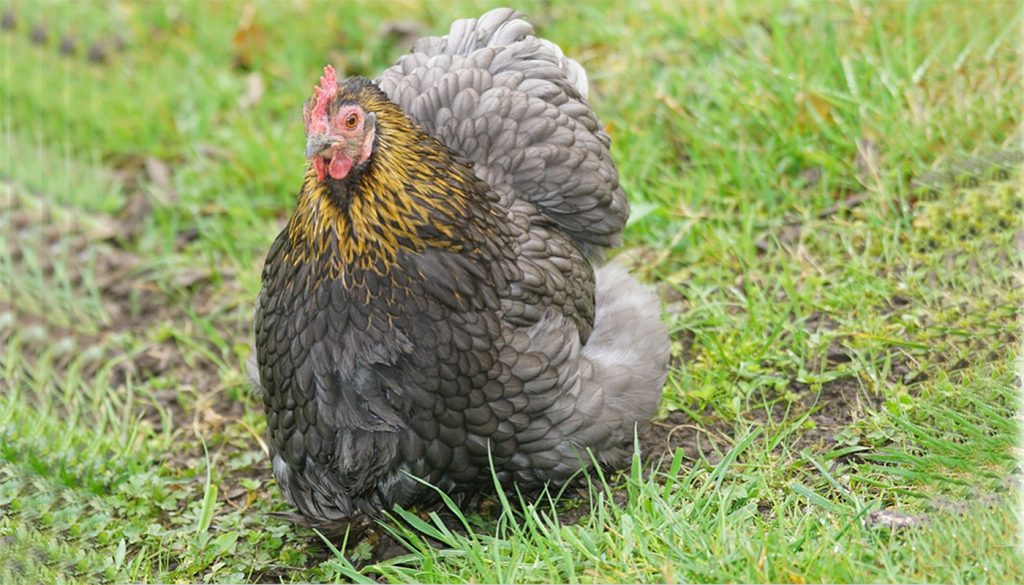
Bred in China, the Cochin is recognized for its fluffy plumage, feathered feet, and gentle nature. Cochins have adapted to various climates and are popular in both rural and urban settings.
Easter Egger (United States): The Rainbow Layer
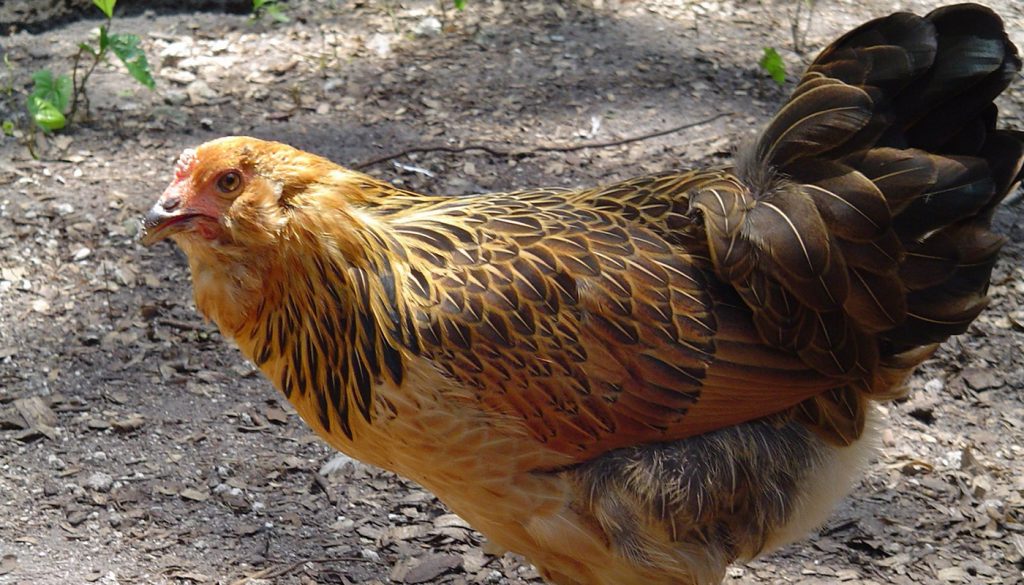
A product of mixed heritage, Easter Eggers in the United States are known for their ability to lay eggs in various shades of blue, green, and even pink. They have become popular for adding a colorful twist to backyard flocks.
Conclusion:
As we circle the globe, it becomes evident that chickens, far from being uniform, have adapted to their local environments, creating a tapestry of unique breeds. From the mystical Ayam Cemani in Indonesia to the resilient Swedish Flower Hen in Scandinavia, and the colorful Easter Egger in the United States, each breed reflects the history, climate, and culture of its homeland. These diverse chickens are a testament to the remarkable ways in which nature and human influence have shaped the feathered companions that accompany us on our journey through the world.
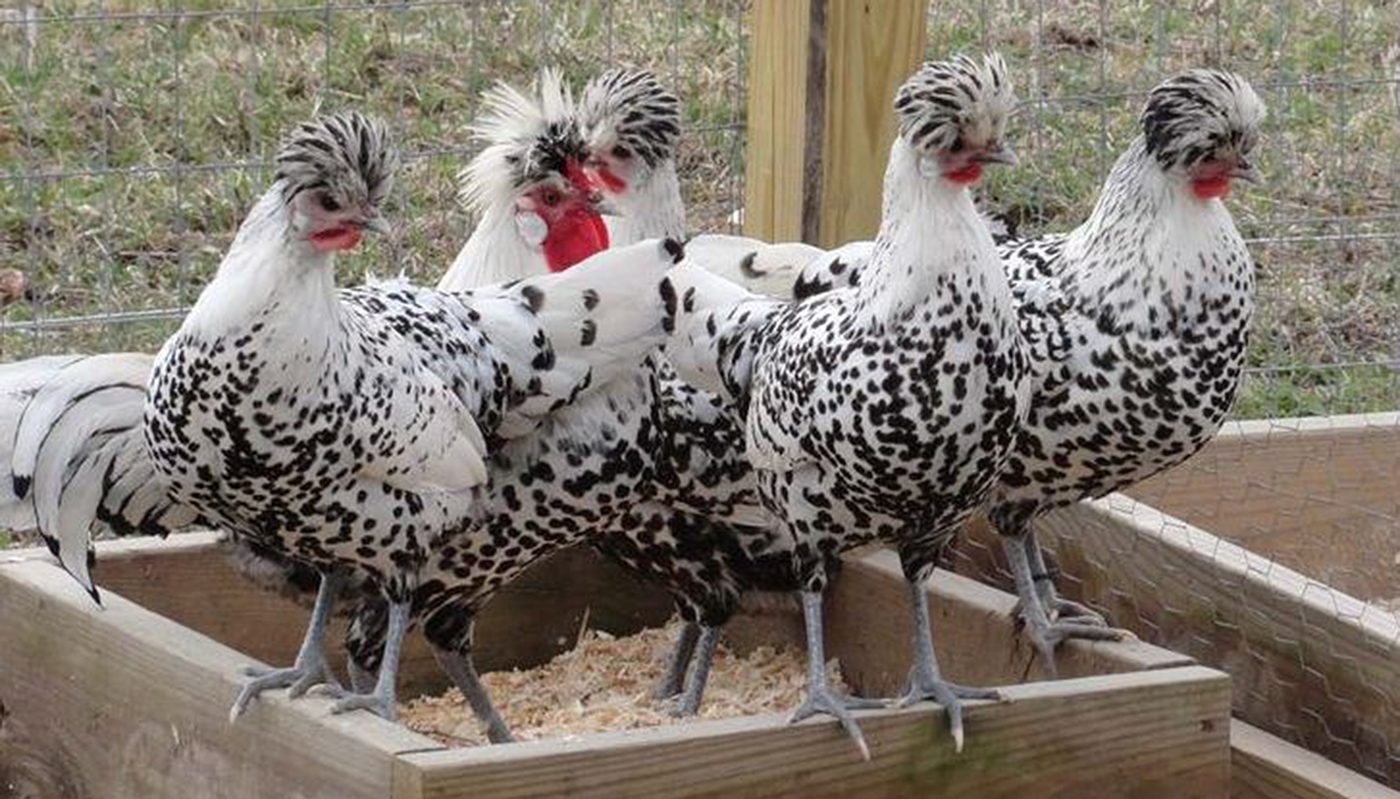 Appenzeller Chicken Breed – Everything You Need to Know
Appenzeller Chicken Breed – Everything You Need to Know The Zodiac of Chickens: Matching Chicken Breeds to Astrological Signs
The Zodiac of Chickens: Matching Chicken Breeds to Astrological Signs 10 Chicken Breeds that have White Plumage
10 Chicken Breeds that have White Plumage 10 Beautiful Black and White Feathered Chicken Breeds
10 Beautiful Black and White Feathered Chicken Breeds Sumatra Chicken Breed – Everything You Need to Know
Sumatra Chicken Breed – Everything You Need to Know Easter Egger Chicken Breed – Everything You Need to Know
Easter Egger Chicken Breed – Everything You Need to Know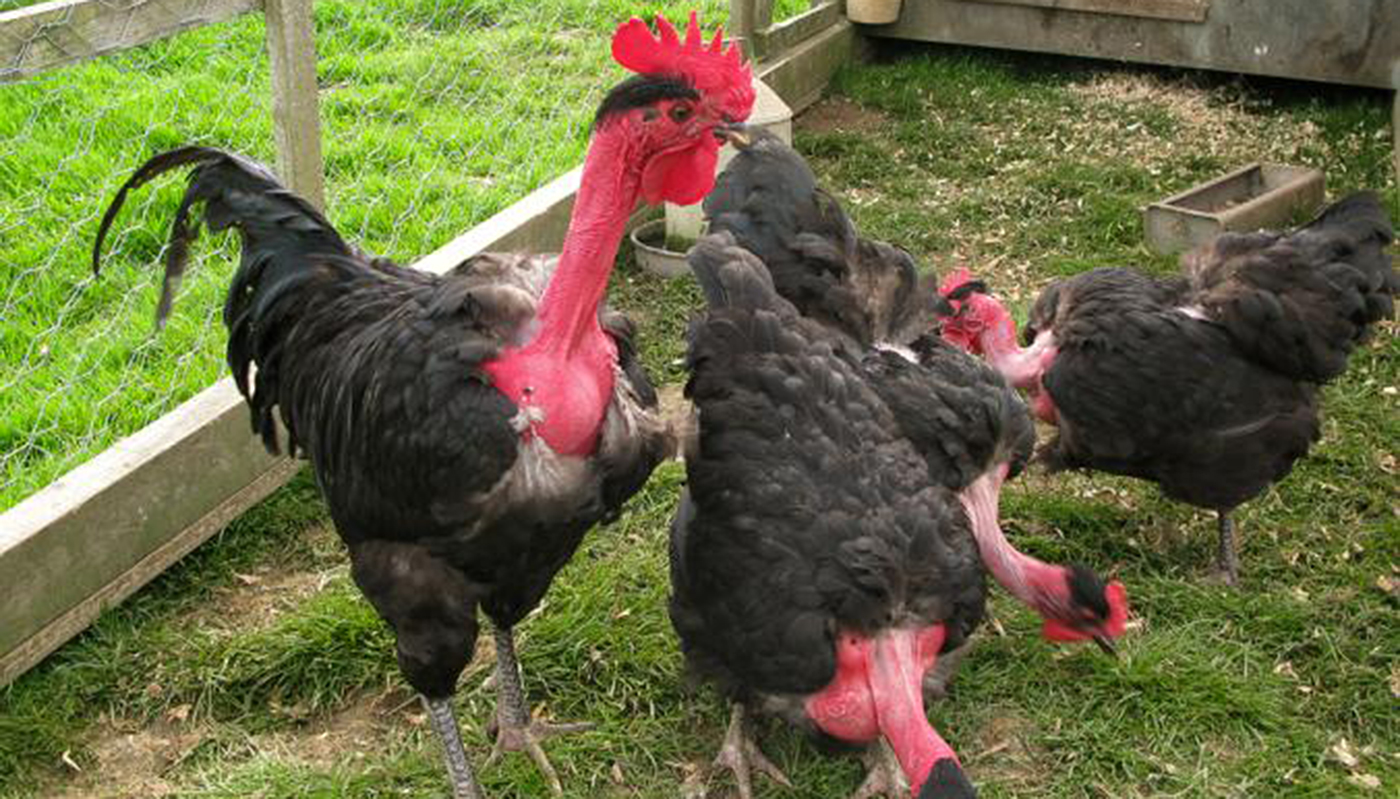 Naked Neck Chicken Breed – Everything You Need to Know
Naked Neck Chicken Breed – Everything You Need to Know The Essential Guide to Keeping Your Chickens Healthy: Tips for Beginners
The Essential Guide to Keeping Your Chickens Healthy: Tips for Beginners Campine Chicken Breed – Everything You Need to Know
Campine Chicken Breed – Everything You Need to Know White-faced Black Spanish Chicken Breed – Everything You Need to Know
White-faced Black Spanish Chicken Breed – Everything You Need to Know Sultan Chicken Breed – Everything You Need to Know
Sultan Chicken Breed – Everything You Need to Know Malay Chicken Breed – Everything You Need to Know
Malay Chicken Breed – Everything You Need to Know